
Leveraging the IKEA effect to create high-performance teams
How might the IKEA effect benefit or hurt your business? Explore a framework that VOLTAGE uses to leverage the IKEA effect and create high-performance teams.

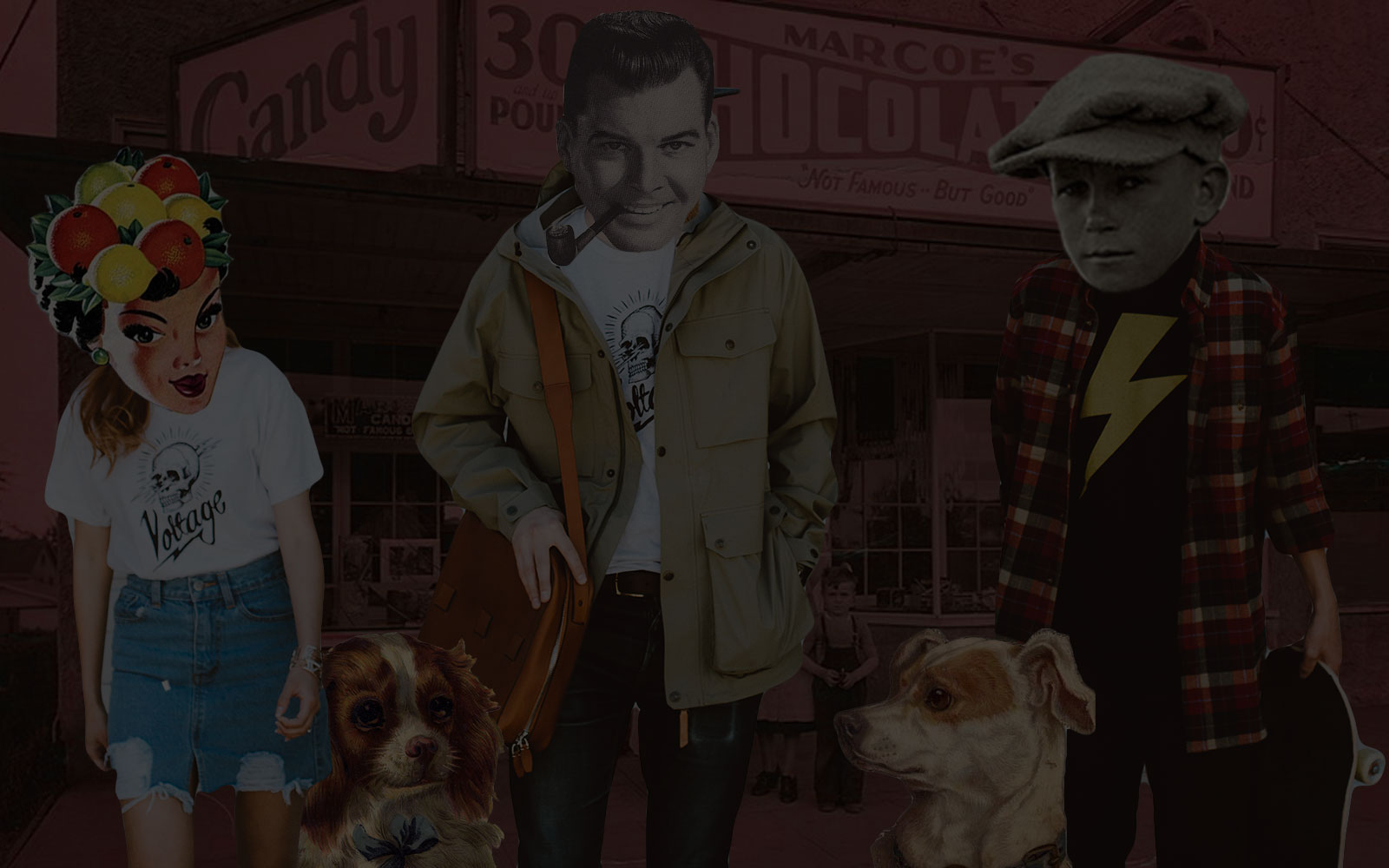
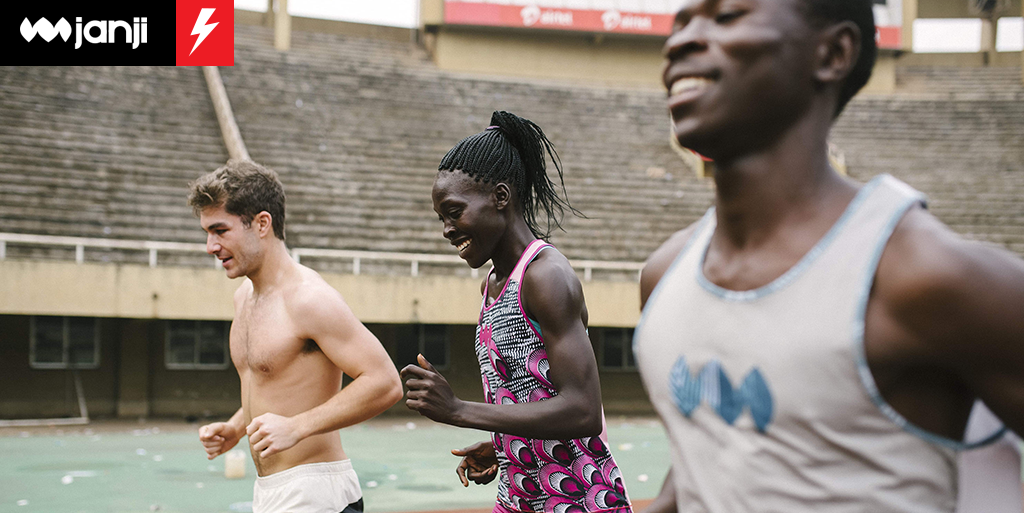
Running apparel brand. Clean water provider. Passport to adventure. An interview with Janji co-founder David Spandorfer. Part 2 of 2.
VOLTAGE founder and CEO Eric Fowles continues his conversation with Janji co-founder, David Spandorfer to talk about how Janji gives back, their commitment to empowerment, and what their concept of running as a passport looks like in motion. (Missed Part 1? Catch up here.)
I think a lot of people don’t realize that a lot of fashion gets overproduced – it goes somewhere if people don’t buy it, and most of the time it goes in a landfill or to a country that maybe doesn’t even want it or need it. Have you guys dealt with that at all?
I think one thing that this whole industry struggles with is not just wasted production, but waste in production. A huge polluter of water, globally, is textiles. Actually, coloring is a huge, huge water polluter. What we try and do with our product is to reduce that water pollution as much as possible. Pre-dyed fabrics, working with as many suppliers as possible who are extremely eco-friendly.
So much of the world might be surrounded by water, but I think we don’t see the sustainability issues that come along with these ecosystems getting polluted. That might be here in the US or 10,000 miles away. If we can look at everything from how we grow the cotton to how we dye the product to how we produce the piece and how it gets to us shipping-wise – it all reduces pollution in the process. We really do try to do all that.
Frankly, this industry’s challenging like that. I think it comes down to working with the right partners and emphasizing how important sustainability is. Our manufacturing partners for most of our pieces follow Swedish regulations around production, and those are the most stringent production standards. One day, we hope those get applied worldwide, because it is a major issue.
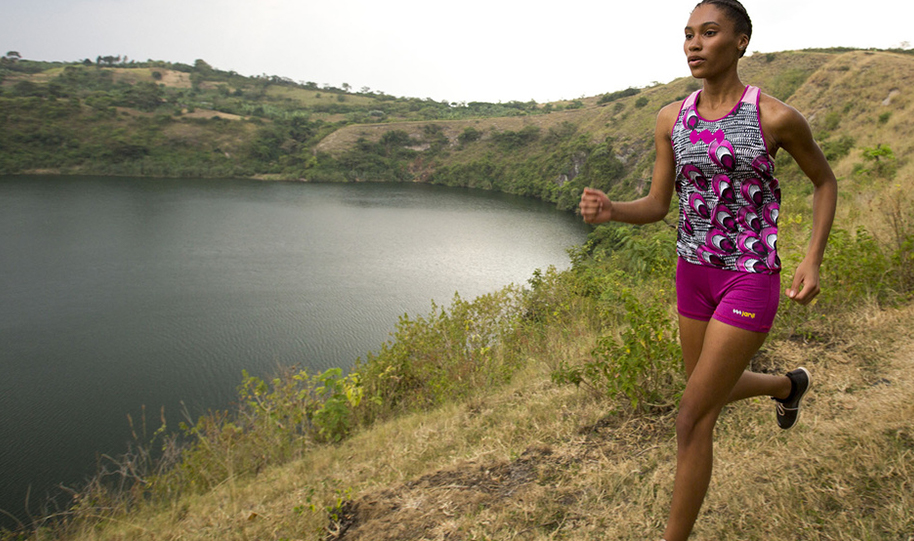
How do you give back – what’s the process and how does it benefit people around the world who you’re trying to help and bring together?
We want to make sure that for the countries we work with, we’re not just appropriating designs, appropriating ideas, appropriating, you know, cultural symbols. We want to work with artists on the ground and empower people on the ground.
The second thing that we deeply care about is funding clean water solutions that are sustainable. And by that I mean not just building a water well and saying, “OK, we built it. You guys take care of it.”
We want to build something that’s long-term, sustainable and ultimately capital efficient that the people who are living in these areas know how to fix if there are any problems. We want proof that these water filtration systems or chlorinated water points are really cared for, and even more importantly, are really used. That requires a systemic approach to clean water solutions that are built around education, built around sustainability and built around empowerment of the community itself.
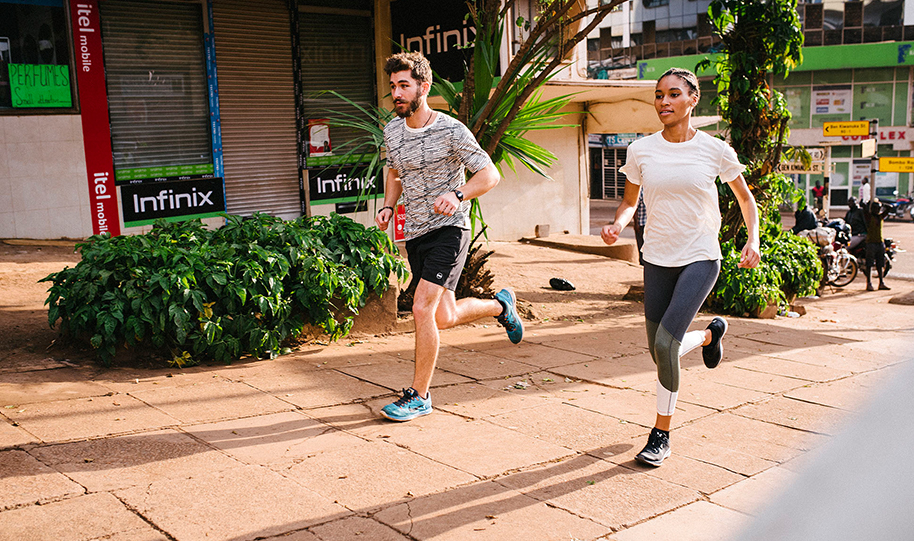
What are the results? Have you gotten feedback from people? Have you done this long enough to see how it’s working?
Absolutely. Not too long ago, I went to Kenya and Uganda and visited our partner, Evidence Action. Evidence Action constructed these chlorinated water points next to deep-water wells. I saw how it works – I saw exactly what we were funding. I saw the community meeting where they were teaching people how to use it, why to use it and when to use it.
To me, that full circle of building, educating and sustaining was really cool to see. We work with some of the best organizations around the world, and we choose who we work with because of the impact that they’ve made over years and years in these communities that they work in.
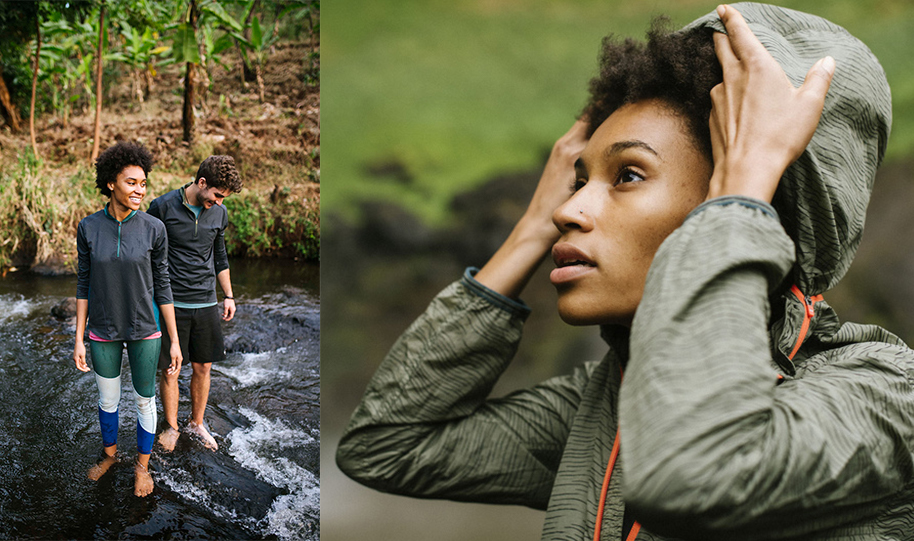
You’re not just giving something away, you’re literally empowering the organizations and the systems to grow – and sustainably grow, right?
That’s exactly right. What we are most passionate about is ensuring that this is something with longevity. That means doing your due diligence on these organizations, and talking to people who are a whole lot smarter than we are about these sorts of things.
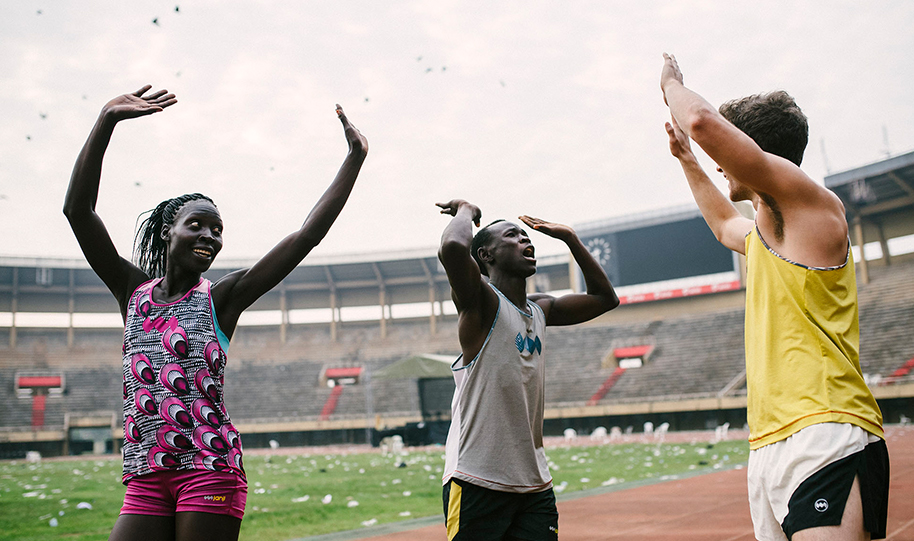
Tell me a little bit about these trips you’ve started. How often do you do them?
We’re taking people who are some of our biggest fans to countries that we work with, countries where we want to use running as a passport to see that place.
In May, we’re releasing a trip to Oaxaca, Mexico. I know people have in their mind – through politics, through a national conversation – what Mexico is. What we want to do is explore those unbeaten paths. We want to explore the uniqueness of these countries that we work with and meet people who are very much like we are – who have a passion for making the world a better place, for exploring and for connecting with people.
What we want to do with Janji – on every channel that we sell, at every touchpoint with a customer – is to empower our customers to use running as this passport – a passport that can connect people, and a passport that can help people really change the world through the sport of running.
We want to do at least two more trips in 2018. We’ll do another one in the fall with a country that we’re working in. These trips are like a full experience – how we want to live the brand way, how we want to change the world.
Snag some Janji running apparel and activewear for your own over on their website.
VOLTAGE is a digital agency specializing in eCommerce, digital brand experiences, and web apps. Get emails and insights from our team:

How might the IKEA effect benefit or hurt your business? Explore a framework that VOLTAGE uses to leverage the IKEA effect and create high-performance teams.
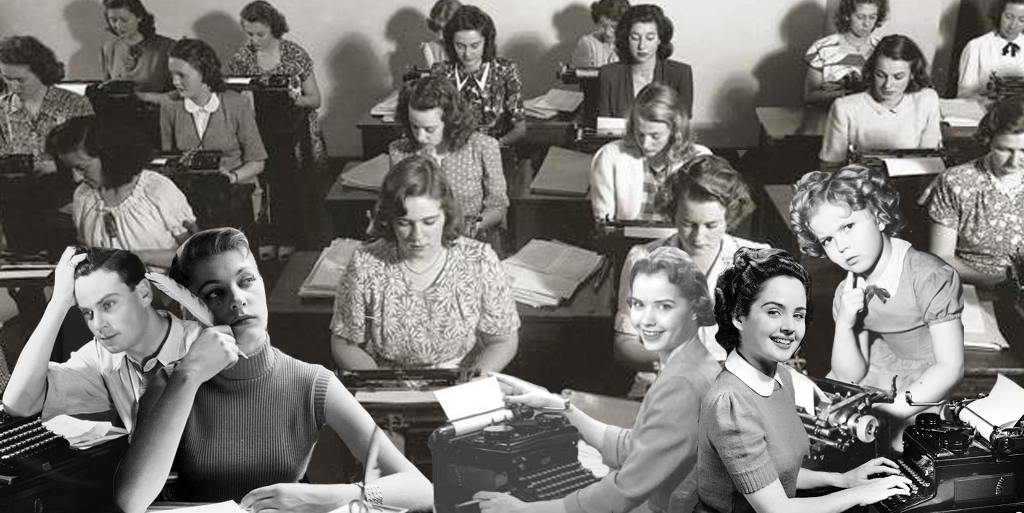
A VOLTAGE round-up of brands who give customers great copy.